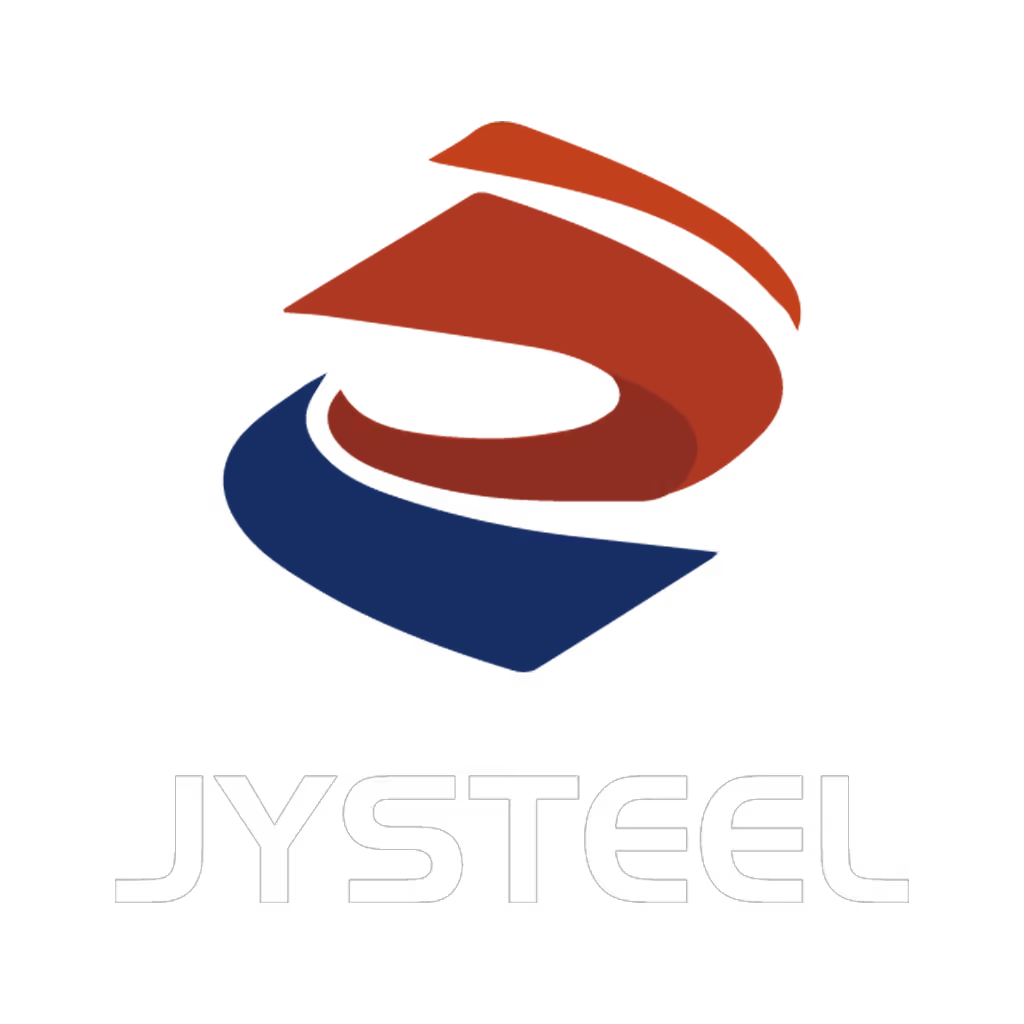Welcome to My Blog!
Before we dive into the content, I’d love for you to join me on my social media platforms where I share more insights, engage with the community, and post updates. Here’s how you can connect with me:
Facebook:https://www.facebook.com/profile.php?id=61565500692293
Now, let’s get started on our journey together. I hope you find the content here insightful, engaging, and valuable.
Table of Contents
Introduction
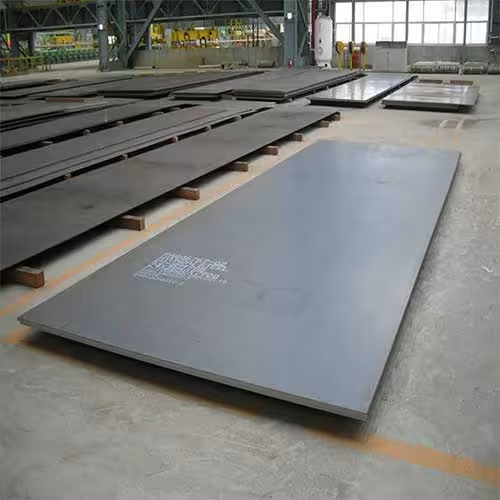
Plate sheet steel is a versatile and essential material in the world of manufacturing, construction, and engineering. Known for its strength, durability, and versatility, plate sheet steel is used in a wide range of applications across various industries. Whether you’re involved in automotive manufacturing, shipbuilding, or construction, understanding the properties and uses of plate sheet steel is crucial.
This comprehensive guide will delve into the characteristics of plate sheet steel, its common applications, and how to choose the right type for your specific needs.
Understanding Plate Sheet Steel
What Is Plate Sheet Steel?
Plate sheet steel is a type of steel that is rolled into flat, rectangular sheets. It is typically thicker than regular steel sheets and is known for its high strength and durability. Plate sheet steel is available in various thicknesses and sizes, making it suitable for a wide range of applications. The material is often used in structural components, heavy machinery, and other applications where strength and reliability are critical.
Key Properties of Plate Sheet Steel
- Strength: Plate sheet steel is known for its high tensile strength, making it suitable for applications that require significant load-bearing capacity.
- Durability: The material is highly resistant to wear and tear, ensuring long-term performance in demanding environments.
- Versatility: Plate sheet steel can be cut, welded, and formed into various shapes, making it highly versatile for different applications.
- Corrosion Resistance: Depending on the specific type of steel, plate sheet steel can offer varying levels of corrosion resistance, making it suitable for both indoor and outdoor use.
Common Applications of Plate Sheet Steel
Construction
In the construction industry, plate sheet steel is widely used for structural components such as beams, columns, and foundations. Its high strength and durability make it an ideal choice for supporting heavy loads and ensuring structural integrity. Plate sheet steel is also used in the fabrication of bridges, buildings, and other large-scale structures.
Automotive Manufacturing
Plate sheet steel is a critical component in the automotive industry, where it is used for manufacturing vehicle frames, engine parts, and other structural components. The material’s high strength and durability ensure that vehicles can withstand the rigors of daily use while maintaining safety and reliability.
Shipbuilding
The shipbuilding industry relies heavily on plate sheet steel for constructing the hulls and superstructures of ships. The material’s ability to withstand harsh marine environments and heavy loads makes it an essential choice for this industry. Plate sheet steel is also used in the fabrication of various ship components, such as decks, bulkheads, and bulkheads.
Heavy Machinery
Plate sheet steel is used extensively in the manufacturing of heavy machinery, such as excavators, bulldozers, and cranes. The material’s high strength and durability ensure that these machines can operate reliably in demanding conditions. Plate sheet steel is also used in the fabrication of various components, such as frames, booms, and buckets.
Industrial Equipment
Plate sheet steel is used in the production of various industrial equipment, such as tanks, pressure vessels, and storage bins. The material’s ability to withstand high pressures and harsh environments makes it suitable for these applications. Plate sheet steel is also used in the fabrication of various components, such as supports, frames, and covers.
Comparison of Different Types of Plate Sheet Steel
| Type of Plate Sheet Steel | Thickness Range (mm) | Width Range (mm) | Length Range (mm) | Common Applications |
|---|---|---|---|---|
| Carbon Steel | 3-50 | 1000-3000 | 2000-12000 | Construction, heavy machinery, shipbuilding |
| Alloy Steel | 3-50 | 1000-3000 | 2000-12000 | Automotive, industrial equipment, shipbuilding |
| Stainless Steel | 3-20 | 1000-2000 | 2000-6000 | Food processing, medical equipment, construction |
| High-Strength Low-Alloy Steel | 3-30 | 1000-2500 | 2000-8000 | Construction, automotive, heavy machinery |
Factors to Consider When Choosing Plate Sheet Steel
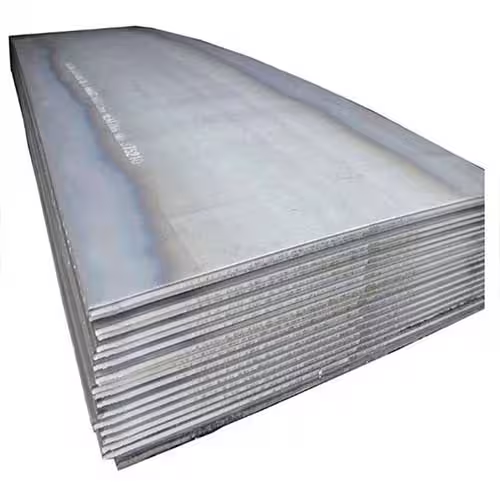
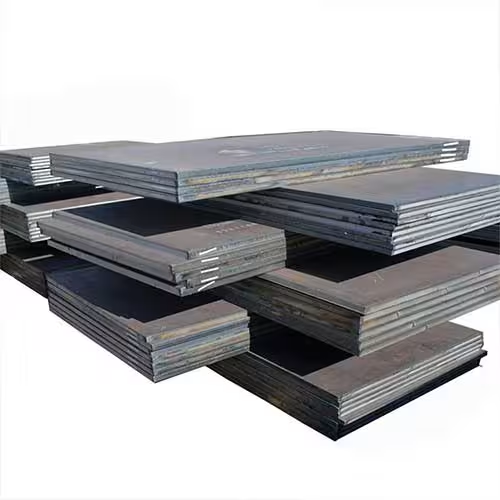
Thickness and Size
The thickness and size of the plate sheet steel are critical factors to consider, especially if you plan to use the material in structural applications. Thicker plates are generally stronger and more durable, making them suitable for heavy-duty applications. However, they may also be more expensive and harder to work with.
Strength and Durability
The strength and durability of plate sheet steel are essential factors to consider, especially if you plan to use the material in demanding environments. High-strength steel is suitable for applications that require significant load-bearing capacity, while low-alloy steel offers a balance of strength and durability.
Corrosion Resistance
Depending on the specific application, you may need plate sheet steel with varying levels of corrosion resistance. Stainless steel, for example, offers excellent corrosion resistance and is suitable for applications that require high levels of hygiene and cleanliness. Carbon steel, on the other hand, may require additional coatings or treatments to prevent corrosion.
Cost and Availability
The cost and availability of plate sheet steel are important factors to consider, especially if you plan to use the material in large quantities. Carbon steel is generally more affordable compared to alloy steel and stainless steel. However, it may not offer the same level of strength and corrosion resistance. Alloy steel and stainless steel are more expensive but offer superior performance and durability.
Practical Tips for Working with Plate Sheet Steel
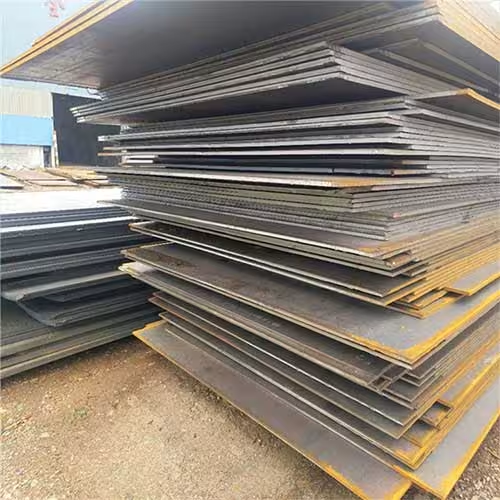
Proper Storage and Handling
Proper storage and handling of plate sheet steel are essential to ensure its quality and performance. Store the material in a dry, well-ventilated area to prevent rust and corrosion. Use appropriate lifting equipment to handle the material, especially for heavier plates, to prevent damage and ensure safety.
Cutting and Welding
Plate sheet steel can be cut and welded using various techniques, depending on the specific application. Proper cutting and welding techniques are essential to ensure the material’s integrity and performance. Use appropriate tools and equipment, such as plasma cutters and welding machines, to achieve clean and precise cuts and welds.
Surface Treatment
Surface treatment is essential to enhance the corrosion resistance and appearance of plate sheet steel. Common surface treatments include painting, galvanizing, and powder coating. These treatments can help protect the material from rust and corrosion, ensuring long-term performance.
Regular Inspection and Maintenance
Regular inspection and maintenance of plate sheet steel components are crucial to identify any signs of wear, damage, or corrosion. Prompt action should be taken to address any issues to prevent further degradation of the material. Regular maintenance can help extend the lifespan of the material and ensure its continued performance.
Conclusion
Plate sheet steel is a versatile and essential material used in various industries due to its strength, durability, and versatility. Understanding the properties and applications of plate sheet steel can help you make an informed decision when choosing the right type for your specific needs. Whether you are involved in construction, automotive manufacturing, shipbuilding, or industrial equipment production, plate sheet steel can provide the strength and reliability required for your projects.
By following the guidelines outlined in this guide, you can ensure that you select the right plate sheet steel and work with it safely and effectively.
FAQ
What are the main applications of plate sheet steel?
Plate sheet steel is used in a variety of applications, including construction, automotive manufacturing, shipbuilding, heavy machinery, and industrial equipment. Its high strength and durability make it suitable for structural components, heavy machinery, and other applications where strength and reliability are critical.
How do I choose the right plate sheet steel for my needs?
Choosing the right plate sheet steel depends on several factors, including thickness and size, strength and durability, corrosion resistance, and cost and availability. Consider the specific requirements of your application and the environment in which the material will be used to select a type that meets your needs.
What are some practical tips for working with plate sheet steel?
Some practical tips for working with plate sheet steel include proper storage and handling, cutting and welding techniques, surface treatment, and regular inspection and maintenance. These steps will help ensure that the material is used safely and effectively, and that it maintains its quality and performance over time.
Are there different types of plate sheet steel?
Yes, there are different types of plate sheet steel, including carbon steel, alloy steel, stainless steel, and high-strength low-alloy steel. Each type offers different properties and is suitable for specific applications. Understanding the characteristics of each type can help you choose the right one for your needs.
How can I enhance the corrosion resistance of plate sheet steel?
Surface treatments such as painting, galvanizing, and powder coating can enhance the corrosion resistance of plate sheet steel. These treatments can help protect the material from rust and corrosion, ensuring long-term performance.
